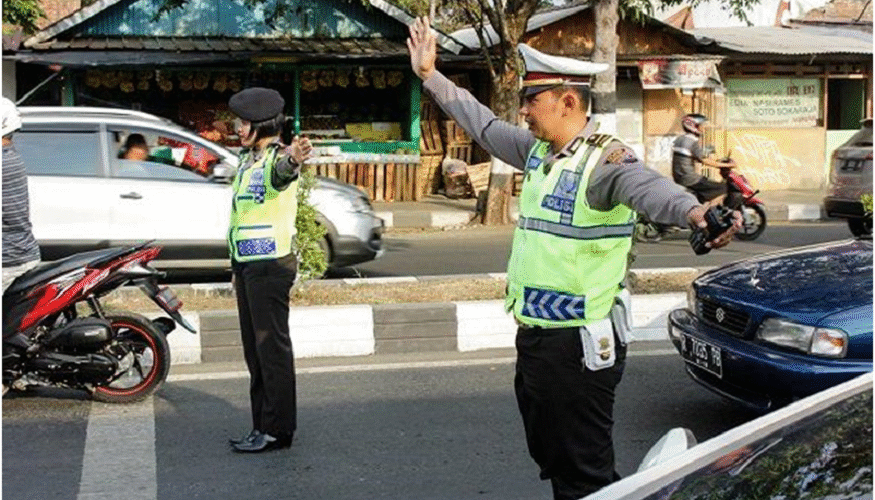Roadside safety starts with the people holding the signs. Traffic flaggers are the front line of protection on active roadways, guiding vehicles and protecting workers from harm. Their role may seem simple at first glance, but it’s a complex mix of communication, control, and caution. Whether standing in summer heat or directing traffic through nighttime construction, a flagger’s duty demands precision and alertness every second.
Understanding the Role of a Flagger
A flagger is responsible for managing vehicle and pedestrian traffic through or around work zones. They use stop/slow paddles, hand signals, and radios to guide drivers safely past construction sites. But it’s not just about motioning cars forward. A flagger must also watch for hazards, anticipate driver behavior, and communicate clearly with the work crew. The job is physically demanding and mentally exhausting, requiring strong focus and a calm presence under pressure.
Proper Training Sets the Foundation for Every Flagger
Before anyone steps into the role, training is essential. A flagger must complete a state-approved course that covers everything from hand signals to emergency procedures. This training ensures each flagger knows the correct posture, positioning, and response techniques for different traffic situations. At the end of every training, the most important lesson is clear: safety is not optional. It’s the job.
Visibility and Gear Are Non-Negotiable for Any Flagger
A flagger’s clothing isn’t about fashion—it’s about being seen. High-visibility gear, such as neon vests with reflective stripes, is mandatory. This helps drivers spot flaggers from a distance and adjust their speed early. During nighttime operations, flaggers must wear retro-reflective gear and carry flashlights with red cones. Every piece of gear a flagger wears is a signal to approaching drivers. Safety starts with visibility.
Situational Awareness Keeps the Flagger One Step Ahead
Every flagger must maintain constant awareness of their surroundings. That means watching for distracted drivers, unexpected lane changes, and environmental hazards. The best flaggers don’t just react—they anticipate. If a driver looks confused or a vehicle seems to be speeding, the flagger adjusts their stance and prepares to act. This kind of readiness can prevent collisions and save lives.
Communication Tools Help the Flagger Stay in Control
Two-way radios, hand gestures, and signs allow flaggers to coordinate with other team members across the job site. Clear communication ensures everyone knows what’s happening in real time. A miscommunication can lead to vehicles entering restricted zones or endangering workers. That’s why every flagger must be fluent in the language of traffic control. From hand signals to headset protocols, communication is more than a tool—it’s a lifeline.
Weather Conditions Require Extra Vigilance from the Flagger
Rain, snow, or heavy wind can create new risks for traffic flaggers. Wet roads reduce braking distance, fog decreases visibility, and wind can knock over signs. During these times, a flagger must adapt. They may need to stand farther back from curves or use extra lighting. Regardless of the weather, their job is to maintain order in unpredictable situations. Being adaptable is just as critical as being visible.
Conclusion
Traffic flaggers are more than just sign holders—they’re guardians of work zones, protecting both drivers and construction teams. Their safety depends on training, visibility, awareness, communication, adaptability, and rest. Each of these standards plays a vital role in ensuring that every shift ends without incident. By following these core practices, flaggers can perform their duties confidently and safely, no matter the road ahead.

